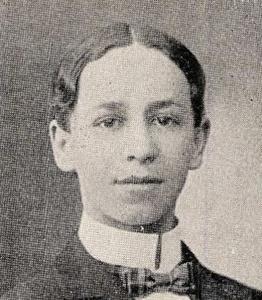







William Steinigans was an early 20th-century American comic artist. He is best remembered for continuing 'The Bad Dream That Made Bill A Better Boy' (1905-1911), often shortened to 'Bill's Bad Dream'. The narratives were moralistic stories about a young boys' dreams and visualized with the same imaginative flair. Steinigans drew several other more short-lived comics for the papers of newspaper tycoon Joseph Pulitzer. A recurring element in his work was the use of cute puppy dogs.





